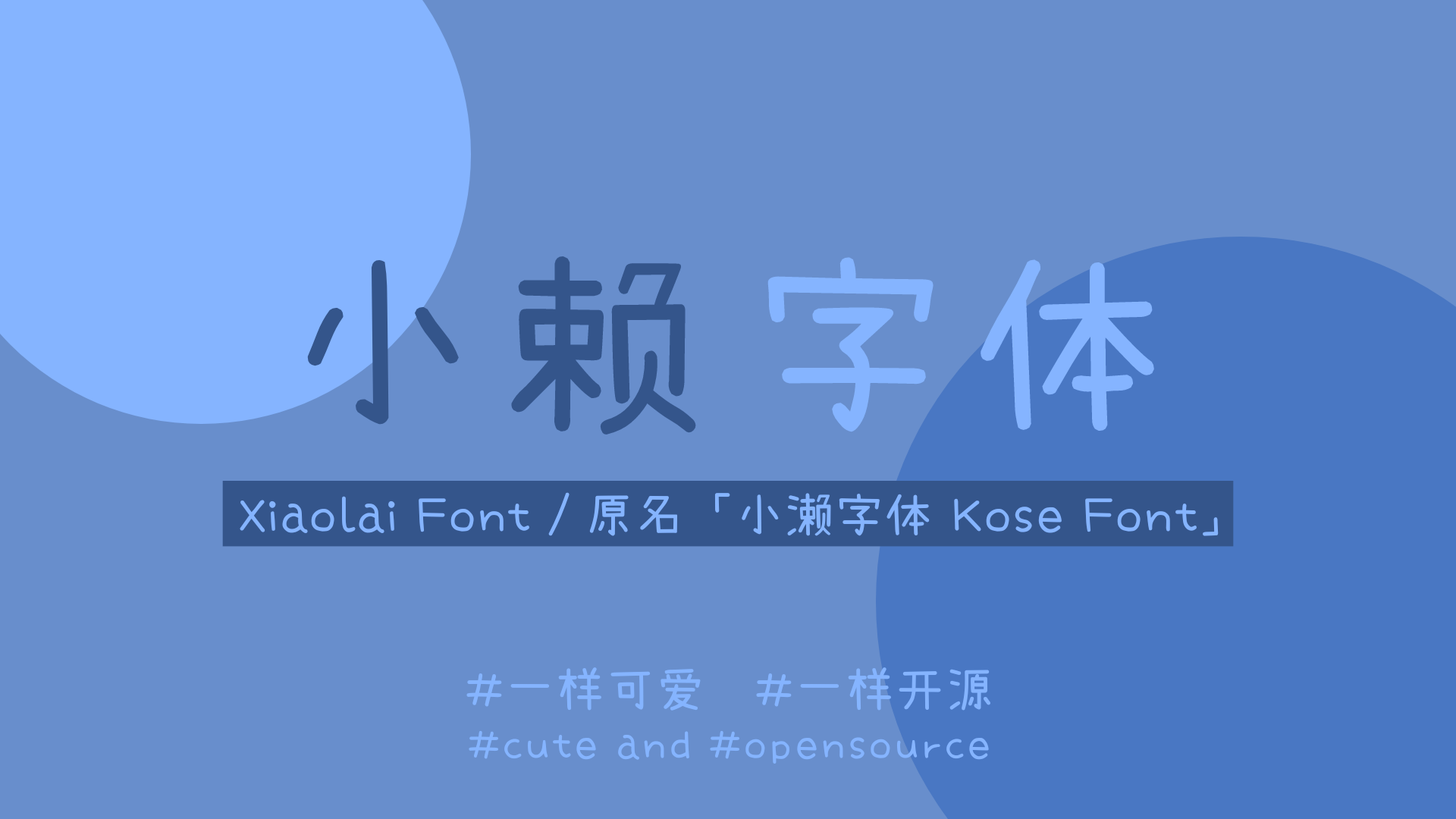1.数组交集
普通数组
const arr1 = [1, 2, 3, 4, 5 , 8 ,9],arr2 = [5, 6, 7, 8, 9];
const intersection = arr1.filter(function (val) { return arr2.indexOf(val) > -1 })
console.log(intersection) //[5, 8, 9]
数组对象
数组对象目前仅针对value值为简单的Number,String,Boolan数据类型 文中JSON.stringif比较对象是简写方法,完整的对象比较请看技巧24.对象是否相等
const arr1 = [{ name: 'name1', id: 1 }, { name: 'name2', id: 2 }, { name: 'name3', id: 3 }, { name: 'name5', id: 5 }];
const arr2 = [{ name: 'name1', id: 1 }, { name: 'name2', id: 2 }, { name: 'name3', id: 3 }, { name: 'name4', id: 4 }, { name: 'name5', id: 5 }];
const result = arr2.filter(function (v) {
return arr1.some(n => JSON.stringify(n) === JSON.stringify(v))
})
console.log(result); // [{ name: 'name1', id: 1 },{ name: 'name2', id: 2 },{ name: 'name3', id: 3 },{ name: 'name5', id: 5 }]
2.数组并集
普通数组
const arr1 = [1, 2, 3, 4, 5, 8, 9] const arr2 = [5, 6, 7, 8, 9]; const result = arr1.concat(arr2.filter(v => !arr1.includes(v))) console.log(result) //[1, 2, 3, 4, 5, 8, 9, 6, 7]
数组对象
const arr1 = [{ name: 'name1', id: 1 }, { name: 'name2', id: 2 }, { name: 'name3', id: 3 }];
const arr2 = [{ name: 'name1', id: 1 }, { name: 'name4', id: 4 }, { name: 'name5', id: 5 }];
let arr3 = arr1.concat(arr2);
let result = [];
let obj = [];
result = arr3.reduce(function (prev, cur, index, arr) {
obj[cur.id] ? '' : obj[cur.id] = true && prev.push(cur);
return prev;
}, []);
console.log(result); //[{ name: 'name1', id: 1 },{ name: 'name2', id: 2 },{ name: 'name3', id: 3 },{ name: 'name4', id: 4 },{ name: 'name5', id: 5 }]
3.数组差集
数组arr1相对于arr2所没有的
普通数组
const arr1 = [1, 2, 3, 4, 5, 8, 9] const arr2 = [5, 6, 7, 8, 9]; const diff = arr1.filter(item => !new Set(arr2).has(item)) console.log(diff) //[ 1, 2, 3, 4 ]
数组对象
// 对象数组
let arr1 = [{ name: 'name1', id: 1 }, { name: 'name2', id: 2 }, { name: 'name3', id: 3 }];
let arr2 = [{ name: 'name1', id: 1 }, { name: 'name4', id: 4 }, { name: 'name5', id: 5 }];
let result = arr1.filter(function (v) {
return arr2.every(n => JSON.stringify(n) !== JSON.stringify(v))
})
console.log(result); // [ { name: 'name2', id: 2 }, { name: 'name3', id: 3 } ]
4.数组补集
两个数组各自没有的集合
普通数组
const arr1 = [1, 2, 3, 4, 5, 8, 9] const arr2 = [5, 6, 7, 8, 9]; const difference = Array.from(new Set(arr1.concat(arr2).filter(v => !new Set(arr1).has(v) || !new Set(arr2).has(v)))) console.log(difference) //[ 1, 2, 3, 4, 6, 7 ]
数组对象
let arr1 = [{ name: 'name1', id: 1 }, { name: 'name2', id: 2 }, { name: 'name3', id: 3 }];
let arr2 = [{ name: 'name1', id: 1 }, { name: 'name4', id: 4 }, { name: 'name5', id: 5 }];
let arr3 = arr1.concat(arr2);
let result = arr3.filter(function (v) {
return arr1.every(n => JSON.stringify(n) !== JSON.stringify(v)) || arr2.every(n => JSON.stringify(n) !== JSON.stringify(v))
})
console.log(result); // [{ name: 'name2', id: 2 },{ name: 'name3', id: 3 },{ name: 'name4', id: 4 },{ name: 'name5', id: 5 }]
总结一下,差集就是数组arr1相对于arr2所没有的集合,补集是两个数组各自没有的集合
5.数组去重
普通数组
console.log(Array.from(new Set([1, 2, 3, 3, 4, 4]))) //[1,2,3,4] console.log([...new Set([1, 2, 3, 3, 4, 4])]) //[1,2,3,4]
数组对象
const arr = [{ name: 'name1', id: 1 }, { name: 'name2', id: 2 }, { name: 'name3', id: 3 }, { name: 'name1', id: 1 }, { name: 'name4', id: 4 }, { name: 'name5', id: 5 }];
const result = [];
arr.forEach(item=>{
!result.some(v => JSON.stringify(v) === JSON.stringify(item)) && result.push(item)
})
console.log(result) //[{ name: 'name1', id: 1 },{ name: 'name2', id: 2 },{ name: 'name3', id: 3 },{ name: 'name4', id: 4 },{ name: 'name5', id: 5 }]
6.数组排序
普通数组
console.log([1, 2, 3, 4].sort((a, b) => a - b)); // [1, 2,3,4] 升序 console.log([1, 2, 3, 4].sort((a, b) => b - a)); // [4,3,2,1] 降序
数组对象
const arr1 = [{ name: "Rom", age: 12 }, { name: "Bob", age: 22 }].sort((a, b) => { return a.age - b.age })//升序
const arr2 = [{ name: "Rom", age: 12 }, { name: "Bob", age: 22 }].sort((a, b) => { return -a.age + b.age })//降序
console.log(arr2) // [{ name: 'Bob', age:22 }, { name: 'Rom', age: 12 }]
console.log(arr1) // [ { name: 'Rom', age: 12 }, { name: 'Bob', age: 22 } ]
两个种类型数组都可以使用sort排序,sort是浏览器内置方法;
默认是升序排序,默认返回一个函数,有两个参数:
(a, b) => a – b 是升序;
(a, b) => b – a 是降序。
7.最大值
普通数组
Math.max(...[1, 2, 3, 4]) //4
Math.max.apply(this, [1, 2, 3, 4]) //4
[1, 2, 3, 4].reduce((prev, cur, curIndex, arr) => {
return Math.max(prev, cur);
}, 0) //4
取数组对象中id的最大值
const arr = [{ id: 1, name: 'jack' },{ id: 2, name: 'may' },{ id: 3, name: 'shawn' },{ id: 4, name: 'tony' }]
const arr1 = Math.max.apply(Math, arr.map(item => { return item.id }))
const arr2 = arr.sort((a, b) => { return b.id - a.id })[0].id
console.log(arr1) // 4
console.log(arr2) // 4
8.数组求和
普通数组
[1, 2, 3, 4].reduce(function (prev, cur) {
return prev + cur;
}, 0) //10
数组对象
const sum = [{age:1},{age:2}].reduce(function (prev, cur) {
return prev + cur.age;
}, 0) //3
console.log(sum)
9.数组合并
普通数组
const arr1 =[1, 2, 3, 4].concat([5, 6]) //[1,2,3,4,5,6] const arr2 =[...[1, 2, 3, 4],...[4, 5]] //[1,2,3,4,5,6] const arrA = [1, 2], arrB = [3, 4] const arr3 =[].concat.apply(arrA, arrB)//arrA值为[1,2,3,4]
数组对象
const arr4 = [{ age: 1 }].concat([{ age: 2 }])
const arr5 = [...[{ age: 1 }],...[{ age: 2 }]]
console.log(arr4) //[ { age: 1 }, { age: 2 } ]
console.log(arr5) // [ { age: 1 }, { age: 2 } ]
10.数组是否包含值
普通数组
console.log([1, 2, 3].includes(4)) //false console.log([1, 2, 3].indexOf(4)) //-1 如果存在换回索引 console.log([1, 2, 3].find((item) => item === 3)) //3 如果数组中无值返回undefined console.log([1, 2, 3].findIndex((item) => item === 3)) //2 如果数组中无值返回-1
数组对象
const flag = [{age:1},{age:2}].some(v=>JSON.stringify(v)===JSON.stringify({age:2}))
console.log(flag)
11.数组每一项都满足
普通数组
[1, 2, 3].every(item => { return item > 2 })
数组对象
const arr = [{ age: 3 }, { age: 4 }, { age: 5 }]
arr.every(item => { return item.age > 2 }) // true
12.数组有一项满足
普通数组
[1, 2, 3].some(item => { return item > 2 })
数组对象
const arr = [{ age: 3 }, { age: 4 }, { age: 5 }]
arr.some(item => { return item.age < 4 }) // true
13.版本号排序
方法一
function sortNumber(a, b) {
return a - b
}
const b = [1,2,3,7,5,6]
const a = ["1.5", "1.5", "1.40", "1.25", "1.1000", "1.1"];
console.log(a.sort(sortNumber)); // [ 1, 2, 3, 5, 6, 7 ]
console.log(b.sort(sortNumber)); //[ '1.1000', '1.1', '1.25', '1.40', '1.5', '1.5' ]
可见sort排序对整数可以,类似版本号这个格式就不适用了,因为sort函数在比较字符串的时候,是比较字符串的Unicode进行排序的。
方法二
//假定字符串的每节数都在5位以下
//去除数组空值||空格
if (!Array.prototype.trim) {
Array.prototype.trim = function () {
let arr = []; this.forEach(function (e) {
if (e.match(/\S+/)) arr.push(e);
})
return arr;
}
}
//提取数字部分
function toNum(a) {
let d = a.toString();
let c = d.split(/\D/).trim();
let num_place = ["", "0", "00", "000", "0000"], r = num_place.reverse();
for (let i = 0; i < c.length; i++) {
let len = c[i].length;
c[i] = r[len] + c[i];
}
let res = c.join('');
return res;
}
//提取字符
function toChar(a) {
let d = a.toString();
let c = d.split(/\.|\d/).join('');
return c;
}
function sortVersions(a, b) {
let _a1 = toNum(a), _b1 = toNum(b);
if (_a1 !== _b1) return _a1 - _b1;
else {
_a2 = toChar(a).charCodeAt(0).toString(16);
_b2 = toChar(b).charCodeAt(0).toString(16);
return _a2 - _b2;
}
}
let arr1 = ["10", "5", "40", "25", "1000", "1"];
let arr2 = ["1.10", "1.5", "1.40", "1.25", "1.1000", "1.1"];
let arr3 = ["1.10c", "1.10b", "1.10C", "1.25", "1.1000", "1.10A"];
console.log(arr1.sort(sortVersions)) //[ '1', '5', '10', '25', '40', '1000' ]
console.log(arr2.sort(sortVersions)) //[ '1.1', '1.5', '1.10', '1.25', '1.40', '1.1000' ]
console.log(arr3.sort(sortVersions)) // [ '1.10A', '1.10C', '1.10b', '1.10c', '1.25', '1.1000' ]
可以看出这个函数均兼容整数,非整数,字母;
字母排序是根据Unicode排序的,所以1.10b在1.10C的后面
14. 对象转数组
将数组的key和value转化成数组
Object.keys({ name: '张三', age: 14 }) //['name','age']
Object.values({ name: '张三', age: 14 }) //['张三',14]
Object.entries({ name: '张三', age: 14 }) //[[name,'张三'],[age,14]]
Object.fromEntries([name, '张三'], [age, 14]) //ES10的api,Chrome不支持 , firebox输出{name:'张三',age:14}
15.数组转对象
将数组的值转化为对象的value
const arrName = ['张三', '李四', '王五']
const arrAge=['20','30','40']
const arrDec = ['描述1', '描述2', '描述3']
const obj = arrName.map((item,index)=>{
return { name: item, age: arrAge[index],dec:arrDec[index]}
})
console.log(obj) // [{ name: '张三', age: '20', dec: '描述1' },{ name: '李四', age: '30', dec: '描述2' },{ name: '王五', age: '40', dec: '描述3' }]
16.数组解构
const arr=[1,2]; //后面一定要加分号,因为不加解释器会认为在读数组 [arr[1], arr[0]] = [arr[0], arr[1]]; // [2,1]
Object
17.对象变量属性
const flag = true;
const obj = {
a: 0,
[flag ? "c" : "d"]: 2
};
// obj => { a: 0, c: 2 }
18.对象多余属性删除
const { name, age, ...obj } = { name: '张三', age: 13, dec: '描述1', info: '信息' }
console.log(name) // 张三
console.log(age) // 13
console.log(obj) // {dec: '描述1', info: '信息' }
19.对象嵌套属性解构
const { info:{ dec} } = { name: '张三', age: 13, info:{dec: '描述1', info: '信息' }}
console.log(dec) // 描述1
20.解构对象属性别名
const { name:newName } = { name: '张三', age: 13 }
console.log(newName) // 张三
21.解构对象属性默认值
const { dec='这是默认dec值' } = { name: '张三', age: 13 }
console.log(dec) //这是默认dec值
22.拦截对象
利用Object.defineProperty拦截对象
无法拦截数组的值
let obj = { name: '', age: '', sex: '' },
defaultName = ["这是姓名默认值1", "这是年龄默认值1", "这是性别默认值1"];
Object.keys(obj).forEach(key => {
Object.defineProperty(obj, key, { // 拦截整个object 对象,并通过get获取值,set设置值,vue 2.x的核心就是这个来监听
get() {
return defaultName;
},
set(value) {
defaultName = value;
}
});
});
console.log(obj.name); // [ '这是姓名默认值1', '这是年龄默认值1', '这是性别默认值1' ]
console.log(obj.age); // [ '这是姓名默认值1', '这是年龄默认值1', '这是性别默认值1' ]
console.log(obj.sex); // [ '这是姓名默认值1', '这是年龄默认值1', '这是性别默认值1' ]
obj.name = "这是改变值1";
console.log(obj.name); // 这是改变值1
console.log(obj.age); // 这是改变值1
console.log(obj.sex); // 这是改变值1
let objOne = {}, defaultNameOne = "这是默认值2";
Object.defineProperty(obj, 'name', {
get() {
return defaultNameOne;
},
set(value) {
defaultNameOne = value;
}
});
console.log(objOne.name); // undefined
objOne.name = "这是改变值2";
console.log(objOne.name); // 这是改变值2
利用proxy拦截对象
let obj = { name: '', age: '', sex: '' }
let handler = {
get(target, key, receiver) {
console.log("get", key);
return Reflect.get(target, key, receiver);
},
set(target, key, value, receiver) {
console.log("set", key, value); // set name 李四 // set age 24
return Reflect.set(target, key, value, receiver);
}
};
let proxy = new Proxy(obj, handler);
proxy.name = "李四";
proxy.age = 24;
defineProterty和proxy的对比:
1.defineProterty是es5的标准,proxy是es6的标准;
2.proxy可以监听到数组索引赋值,改变数组长度的变化;
3.proxy是监听对象,不用深层遍历,defineProterty是监听属性;
4.利用defineProterty实现双向数据绑定(vue2.x采用的核心)
23.对象深度拷贝
JSON.stringify深度克隆对象;
1.无法对函数 、RegExp等特殊对象的克隆;
2.会抛弃对象的constructor,所有的构造函数会指向Object;
3.对象有循环引用,会报错
const mapTag = '[object Map]';
const setTag = '[object Set]';
const arrayTag = '[object Array]';
const objectTag = '[object Object]';
const argsTag = '[object Arguments]';
const boolTag = '[object Boolean]';
const dateTag = '[object Date]';
const numberTag = '[object Number]';
const stringTag = '[object String]';
const symbolTag = '[object Symbol]';
const errorTag = '[object Error]';
const regexpTag = '[object RegExp]';
const funcTag = '[object Function]';
const deepTag = [mapTag, setTag, arrayTag, objectTag, argsTag];
function forEach(array, iteratee) {
let index = -1;
const length = array.length;
while (++index < length) {
iteratee(array[index], index);
}
return array;
}
function isObject(target) {
const type = typeof target;
return target !== null && (type === 'object' || type === 'function');
}
function getType(target) {
return Object.prototype.toString.call(target);
}
function getInit(target) {
const Ctor = target.constructor;
return new Ctor();
}
function cloneSymbol(targe) {
return Object(Symbol.prototype.valueOf.call(targe));
}
function cloneReg(targe) {
const reFlags = /\w*$/;
const result = new targe.constructor(targe.source, reFlags.exec(targe));
result.lastIndex = targe.lastIndex;
return result;
}
function cloneFunction(func) {
const bodyReg = /(?<={)(.|\n)+(?=})/m;
const paramReg = /(?<=\().+(?=\)\s+{)/;
const funcString = func.toString();
if (func.prototype) {
const param = paramReg.exec(funcString);
const body = bodyReg.exec(funcString);
if (body) {
if (param) {
const paramArr = param[0].split(',');
return new Function(...paramArr, body[0]);
} else {
return new Function(body[0]);
}
} else {
return null;
}
} else {
return eval(funcString);
}
}
function cloneOtherType(targe, type) {
const Ctor = targe.constructor;
switch (type) {
case boolTag:
case numberTag:
case stringTag:
case errorTag:
case dateTag:
return new Ctor(targe);
case regexpTag:
return cloneReg(targe);
case symbolTag:
return cloneSymbol(targe);
case funcTag:
return cloneFunction(targe);
default:
return null;
}
}
function clone(target, map = new WeakMap()) {
// 克隆原始类型
if (!isObject(target)) {
return target;
}
// 初始化
const type = getType(target);
let cloneTarget;
if (deepTag.includes(type)) {
cloneTarget = getInit(target, type);
} else {
return cloneOtherType(target, type);
}
// 防止循环引用
if (map.get(target)) {
return map.get(target);
}
map.set(target, cloneTarget);
// 克隆set
if (type === setTag) {
target.forEach(value => {
cloneTarget.add(clone(value, map));
});
return cloneTarget;
}
// 克隆map
if (type === mapTag) {
target.forEach((value, key) => {
cloneTarget.set(key, clone(value, map));
});
return cloneTarget;
}
// 克隆对象和数组
const keys = type === arrayTag ? undefined : Object.keys(target);
forEach(keys || target, (value, key) => {
if (keys) {
key = value;
}
cloneTarget[key] = clone(target[key], map);
});
return cloneTarget;
}
console.log(clone({
name: '张三', age: 23,
obj: { name: '李四', age: 46 },
arr: [1, 2, 3]
})) // { name: '张三', age: 23, obj: { name: '李四', age: 46 }, arr: [ 1, 2, 3 ] }
对象深度克隆实际上就是要兼容Array,RegExp,Date,Function类型;
克隆函数可以用正则取出函数体和参数,再定义一个函数将取出来的值赋值进去
详细请戳对象深度拷贝
24.对象是否相等
如果用JSON.stringify转化属性顺序不同,也不相等;
而且不支持无法对函数 、RegExp等特殊对象的克隆
function deepCompare(x, y) {
var i, l, leftChain, rightChain;
function compare2Objects(x, y) {
var p;
// remember that NaN === NaN returns false
// and isNaN(undefined) returns true
if (isNaN(x) && isNaN(y) && typeof x === 'number' && typeof y === 'number') {
return true;
}
// Compare primitives and functions.
// Check if both arguments link to the same object.
// Especially useful on the step where we compare prototypes
if (x === y) {
return true;
}
// Works in case when functions are created in constructor.
// Comparing dates is a common scenario. Another built-ins?
// We can even handle functions passed across iframes
if ((typeof x === 'function' && typeof y === 'function') ||
(x instanceof Date && y instanceof Date) ||
(x instanceof RegExp && y instanceof RegExp) ||
(x instanceof String && y instanceof String) ||
(x instanceof Number && y instanceof Number)) {
return x.toString() === y.toString();
}
// At last checking prototypes as good as we can
if (!(x instanceof Object && y instanceof Object)) {
return false;
}
if (x.isPrototypeOf(y) || y.isPrototypeOf(x)) {
return false;
}
if (x.constructor !== y.constructor) {
return false;
}
if (x.prototype !== y.prototype) {
return false;
}
// Check for infinitive linking loops
if (leftChain.indexOf(x) > -1 || rightChain.indexOf(y) > -1) {
return false;
}
// Quick checking of one object being a subset of another.
// todo: cache the structure of arguments[0] for performance
for (p in y) {
if (y.hasOwnProperty(p) !== x.hasOwnProperty(p)) {
return false;
} else if (typeof y[p] !== typeof x[p]) {
return false;
}
}
for (p in x) {
if (y.hasOwnProperty(p) !== x.hasOwnProperty(p)) {
return false;
} else if (typeof y[p] !== typeof x[p]) {
return false;
}
switch (typeof (x[p])) {
case 'object':
case 'function':
leftChain.push(x);
rightChain.push(y);
if (!compare2Objects(x[p], y[p])) {
return false;
}
leftChain.pop();
rightChain.pop();
break;
default:
if (x[p] !== y[p]) {
return false;
}
break;
}
}
return true;
}
if (arguments.length < 1) {
return true;
}
for (i = 1, l = arguments.length; i < l; i++) {
leftChain = []; //Todo: this can be cached
rightChain = [];
if (!compare2Objects(arguments[0], arguments[i])) {
return false;
}
}
return true;
}
const obj1 = {
name: '张三', age: 23,
obj: { name: '李四', age: 46 },
arr: [1, 2, 3],
date:new Date(23),
reg: new RegExp('abc'),
fun: ()=>{}
}
const obj2 = {
name: '张三', age: 23,
obj: { name: '李四', age: 46 },
arr: [1, 2, 3],
date: new Date(23),
reg: new RegExp('abc'),
fun: ()=>{}
}
console.log(deepCompare(obj1,obj2)) // true
判断对象是否相等,实际上就是要处理Array,Date,RegExp,Object,Function的特殊类型是否相等
25.对象转化为字符串
通过字符串+Object 的方式来转化对象为字符串(实际上是调用 .toString() 方法)
'the Math object:' + Math.ceil(3.4) // "the Math object:4"
'the JSON object:' + {name:'曹操'} // "the JSON object:[object Object]"
覆盖对象的toString和valueOf方法来自定义对象的类型转换
2 * { valueOf: ()=>'4' } // 8
'J' + { toString: ()=>'ava' } // "Java"
当+用在连接字符串时,当一个对象既有toString方法又有valueOf方法时候,JS通过盲目使用valueOf方法来解决这种含糊;
对象通过valueOf方法强制转换为数字,通过toString方法强制转换为字符串
'' + {toString:()=>'S',valueOf:()=>'J'} //J
Function
26.函数隐式返回值
(()=>3)() //3 (()=>( 3 ))()
函数省略大括号,或者将大括号改成小括号可以确保代码以单个语句的形式进行求值
27.函数自执行
const Func = function() {}(); // 常用
(function() {})(); // 常用
(function() {}()); // 常用
[function() {}()];
new function() {};
new function() {}();
void function() {}();
typeof function() {}();
delete function() {}();
+ function() {}();
- function() {}();
~ function() {}();
! function() {}();
28.函数异步执行
Promise
Promise.reject('这是第二个 reject 值').then((data)=>{
console.log(data)
}).catch(data=>{
console.log(data) //这是第二个 reject 值
})
Generator
function* gen(x) {
const y = yield x + 6;
return y;
}
// yield 如果用在另外一个表达式中,要放在()里面
// 像上面如果是在=右边就不用加()
function* genOne(x) {
const y = `这是第一个 yield 执行:${yield x + 1}`;
return y;
}
const g = gen(1);
//执行 Generator 会返回一个Object,而不是像普通函数返回return 后面的值
g.next() // { value: 7, done: false }
//调用指针的 next 方法,会从函数的头部或上一次停下来的地方开始执行,直到遇到下一个 yield 表达式或return语句暂停,也就是执行yield 这一行
// 执行完成会返回一个 Object,
// value 就是执行 yield 后面的值,done 表示函数是否执行完毕
g.next() // { value: undefined, done: true }
// 因为最后一行 return y 被执行完成,所以done 为 true
Async/Await
function getSomething() {
return "something";
}
async function testAsync() {
return Promise.resolve("hello async");
}
async function test() {
const v1 = await getSomething();
const v2 = await testAsync();
console.log(v1, v2); //something 和 hello async
}
test();
String
29.字符串翻转
function reverseStr(str = "") {
return str.split("").reduceRight((t, v) => t + v);
}
const str = "reduce123";
console.log(reverseStr(str)); // "321recuder"
30.url参数序列化
将对象序列化成url参数传递
function stringifyUrl(search = {}) {
return Object.entries(search).reduce(
(t, v) => `${t}${v[0]}=${encodeURIComponent(v[1])}&`,
Object.keys(search).length ? "?" : ""
).replace(/&$/, "");
}
console.log(stringifyUrl({ age: 27, name: "YZW" })); // "?age=27&name=YZW"
31.url参数反序列化
一般会通过location.search拿到路由传递的参数,并进行反序列化得到对象
function parseUrlSearch() {
const search = '?age=25&name=TYJ'
return search.replace(/(^\?)|(&$)/g, "").split("&").reduce((t, v) => {
const [key, val] = v.split("=");
t[key] = decodeURIComponent(val);
return t;
}, {});
}
console.log(parseUrlSearch()); // { age: "25", name: "TYJ" }
32.转化为字符串
const val = 1 + ""; // 通过+ ''空字符串转化 console.log(val); // "1" console.log(typeof val); // "string" const val1 = String(1); console.log(val1); // "1" console.log(typeof val1); // "string"
Number
33.数字千分位
方法一:
function thousandNum(num = 0) {
const str = (+num).toString().split(".");
const int = nums => nums.split("").reverse().reduceRight((t, v, i) => t + (i % 3 ? v : `${v},`), "").replace(/^,|,$/g, "");
const dec = nums => nums.split("").reduce((t, v, i) => t + ((i + 1) % 3 ? v : `${v},`), "").replace(/^,|,$/g, "");
return str.length > 1 ? `${int(str[0])}.${dec(str[1])}` : int(str[0]);
}
thousandNum(1234); // "1,234"
thousandNum(1234.00); // "1,234"
thousandNum(0.1234); // "0.123,4"
console.log(thousandNum(1234.5678)); // "1,234.567,8"
方法二
console.log('1234567890'.replace(/\B(?=(\d{3})+(?!\d))/g, ","))
console.log((1234567890).toLocaleString())
34.字符串转数字
方法一
用*1来转化为数字,实际上是调用.valueOf方法
'32' * 1 // 32
'ds' * 1 // NaN
null * 1 // 0
undefined * 1 // NaN
1 * { valueOf: ()=>'3' } // 3
方法二
+ '123' // 123
+ 'ds' // NaN
+ '' // 0
+ null // 0
+ undefined // NaN
+ { valueOf: ()=>'3' } // 3
35.判断小数是否相等
肯定有人会说这还不简单,直接用'==='比较;
实际上0.1+0.2 !==0.3,因为计算机不能精确表示0.1, 0.2这样的浮点数,所以相加就不是0.3了
Number.EPSILON=(function(){ //解决兼容性问题
return Number.EPSILON?Number.EPSILON:Math.pow(2,-52);
})();
//上面是一个自调用函数,当JS文件刚加载到内存中,就会去判断并返回一个结果
function numbersequal(a,b){
return Math.abs(a-b)<Number.EPSILON;
}
//接下来再判断
const a=0.1+0.2, b=0.3;
console.log(numbersequal(a,b)); //这里就为true了
36.双位运算符
双位运算符比Math.floor(),Math.ceil()速度快
~~7.5 // 7 Math.ceil(7.5) // 8 Math.floor(7.5) // 7 ~~-7.5 // -7 Math.floor(-7.5) // -8 Math.ceil(-7.5) // -7
所以负数时,双位运算符和Math.ceil结果一致,正数时和Math.floor结果一致
37.取整和奇偶性判断
取整
3.3 | 0 // 3 -3.9 | 0 // -3 parseInt(3.3) // 3 parseInt(-3.3) // -3 // 四舍五入取整 Math.round(3.3) // 3 Math.round(-3.3) // -3 // 向上取整 Math.ceil(3.3) // 4 Math.ceil(-3.3) // -3 // 向下取整 Math.floor(3.3) // 3 Math.floor(-3.3) // -4
判断奇偶数
const num=5; !!(num & 1) // true !!(num % 2) // true
Boolean
38.判断数据类型
function dataTypeJudge(val, type) {
const dataType = Object.prototype.toString.call(val).replace(/\[object (\w+)\]/, "$1").toLowerCase();
return type ? dataType === type : dataType;
}
console.log(dataTypeJudge("young")); // "string"
console.log(dataTypeJudge(20190214)); // "number"
console.log(dataTypeJudge(true)); // "boolean"
console.log(dataTypeJudge([], "array")); // true
console.log(dataTypeJudge({}, "array")); // false
可判断类型:undefined、null、string、number、boolean、array、object、symbol、date、regexp、function、asyncfunction、arguments、set、map、weakset、weakmap
39.使用Boolean过滤数组假值
const compact = arr => arr.filter(Boolean) compact([0, 1, false, 2, '', 3, 'a', 'e' * 23, NaN, 's', 34]) //[ 1, 2, 3, 'a', 's', 34 ]
40.短路运算
||(或)
const flag = false || true //true // 某个值为假时可以给默认值 const arr = false || []
&&(与)
const flag1 = false && true //false const flag2 = true && true //true
41.switch 简写
可以用对象替代switch,提高代码可读性
switch(a) {
case '张三':
return 'age是12'
case '李四':
return 'age是120'
}
// 使用对象替换后
const obj ={
'张三': 'age12',
'李四': 'age120',
}
console.log(obj['张三'])
上面是“JS开发需要了解的一些小技巧”的全面内容,想了解更多关于 js 内容,请继续关注web建站教程。
当前网址:https://ipkd.cn/webs_85.html
workflows工作流
 一只在星系中漂浮宇宙生物ComfyUI工作流
一只在星系中漂浮宇宙生物ComfyUI工作流 一幅生动而古怪的时尚鸭子插图ComfyUI工作流
一幅生动而古怪的时尚鸭子插图ComfyUI工作流 一套可爱的动漫生物蓬松贴纸图标
一套可爱的动漫生物蓬松贴纸图标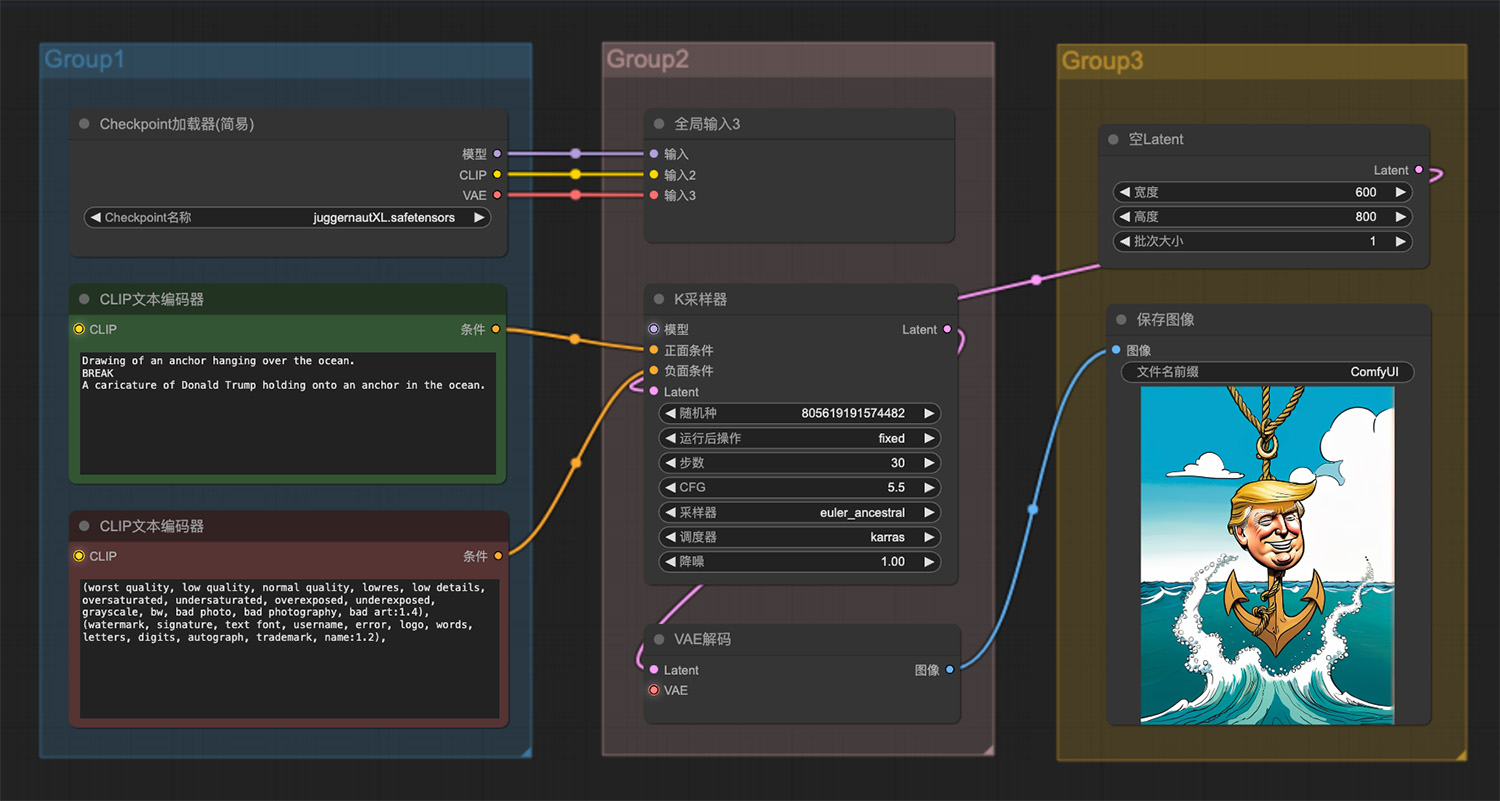 懂王特朗普3d漫画ComfyUI工作流
懂王特朗普3d漫画ComfyUI工作流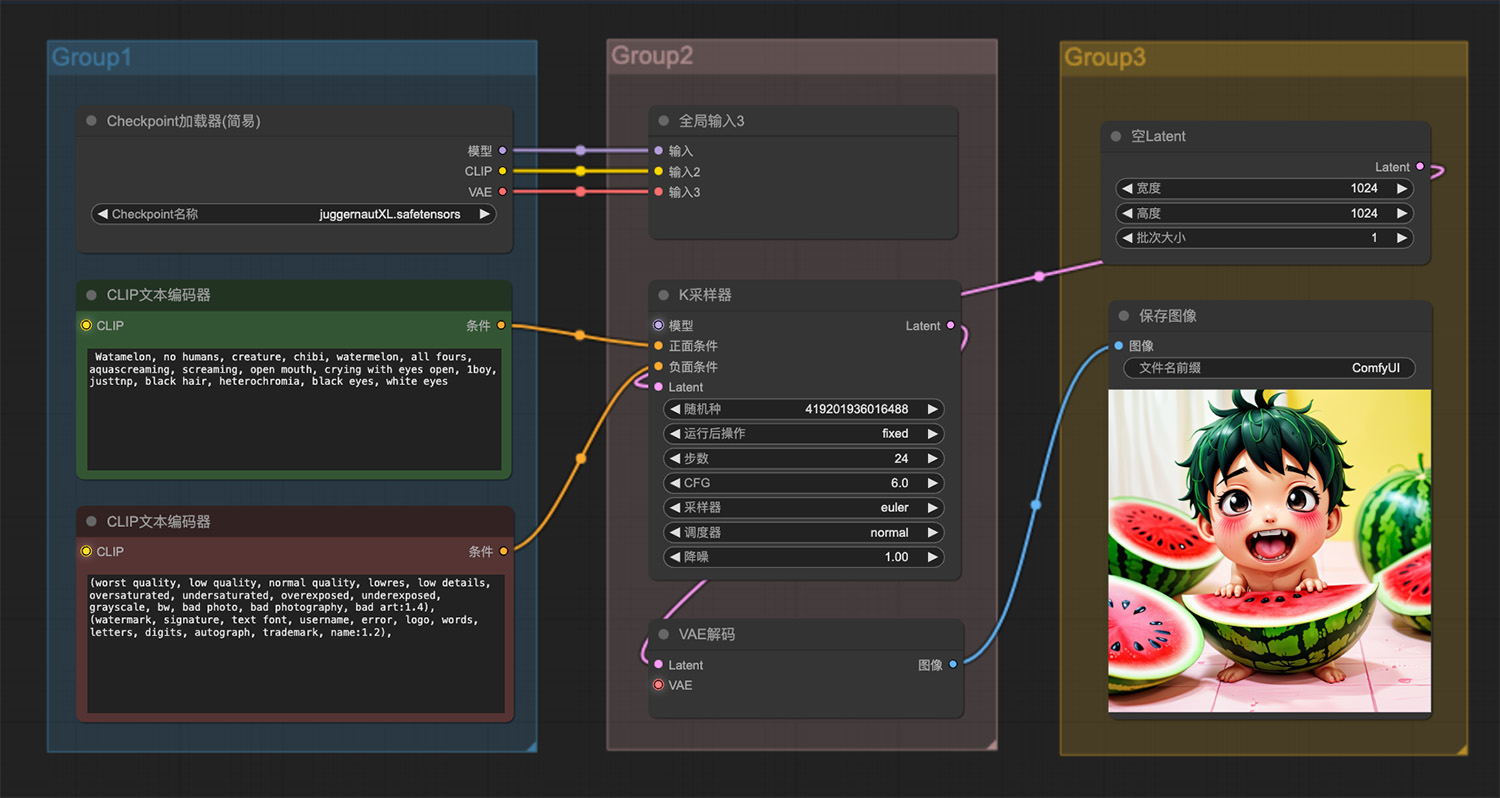 一个男孩在吃西瓜ComfyUI工作流
一个男孩在吃西瓜ComfyUI工作流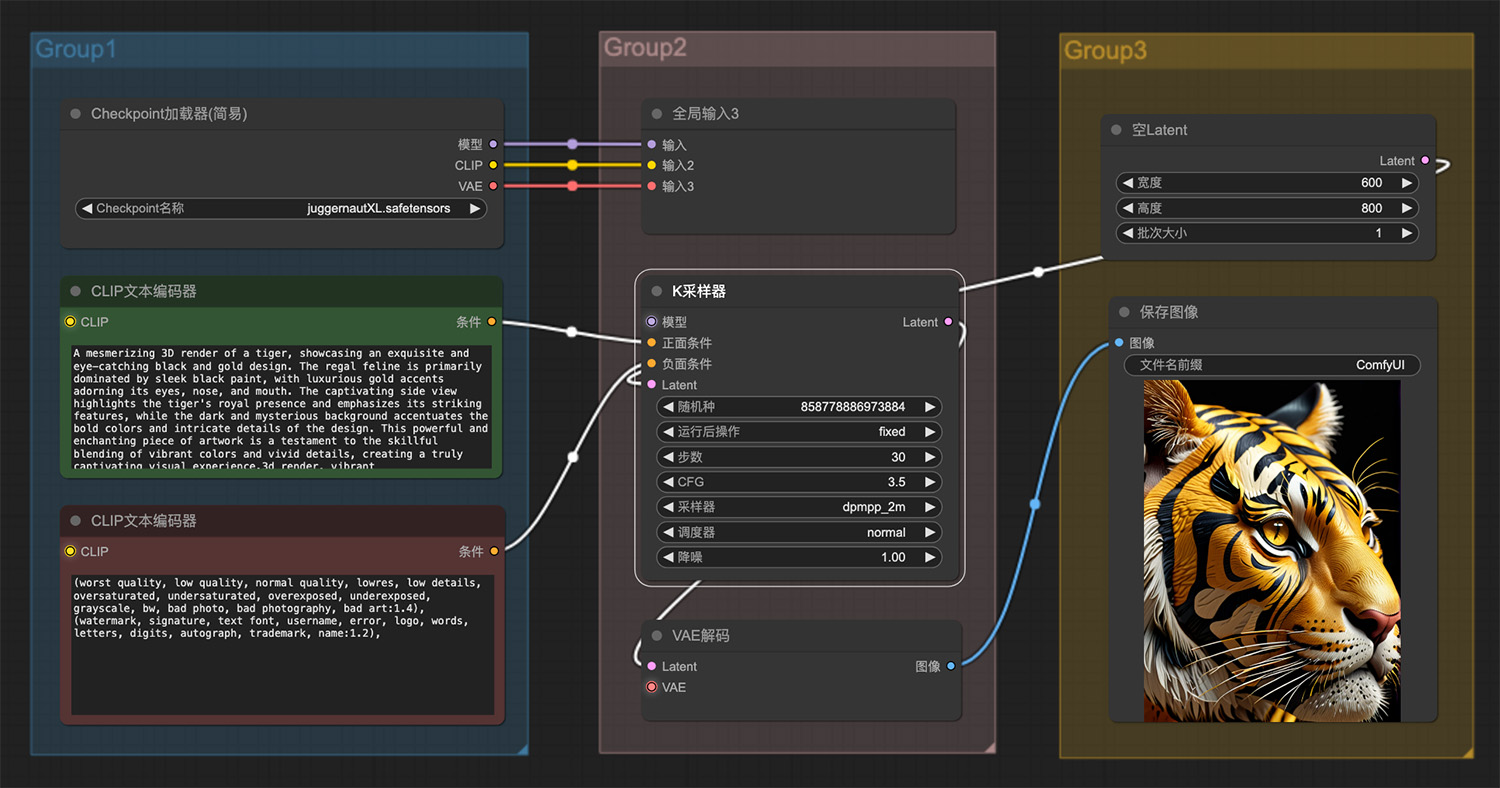 令人着迷的一只老虎ComfyUI工作流
令人着迷的一只老虎ComfyUI工作流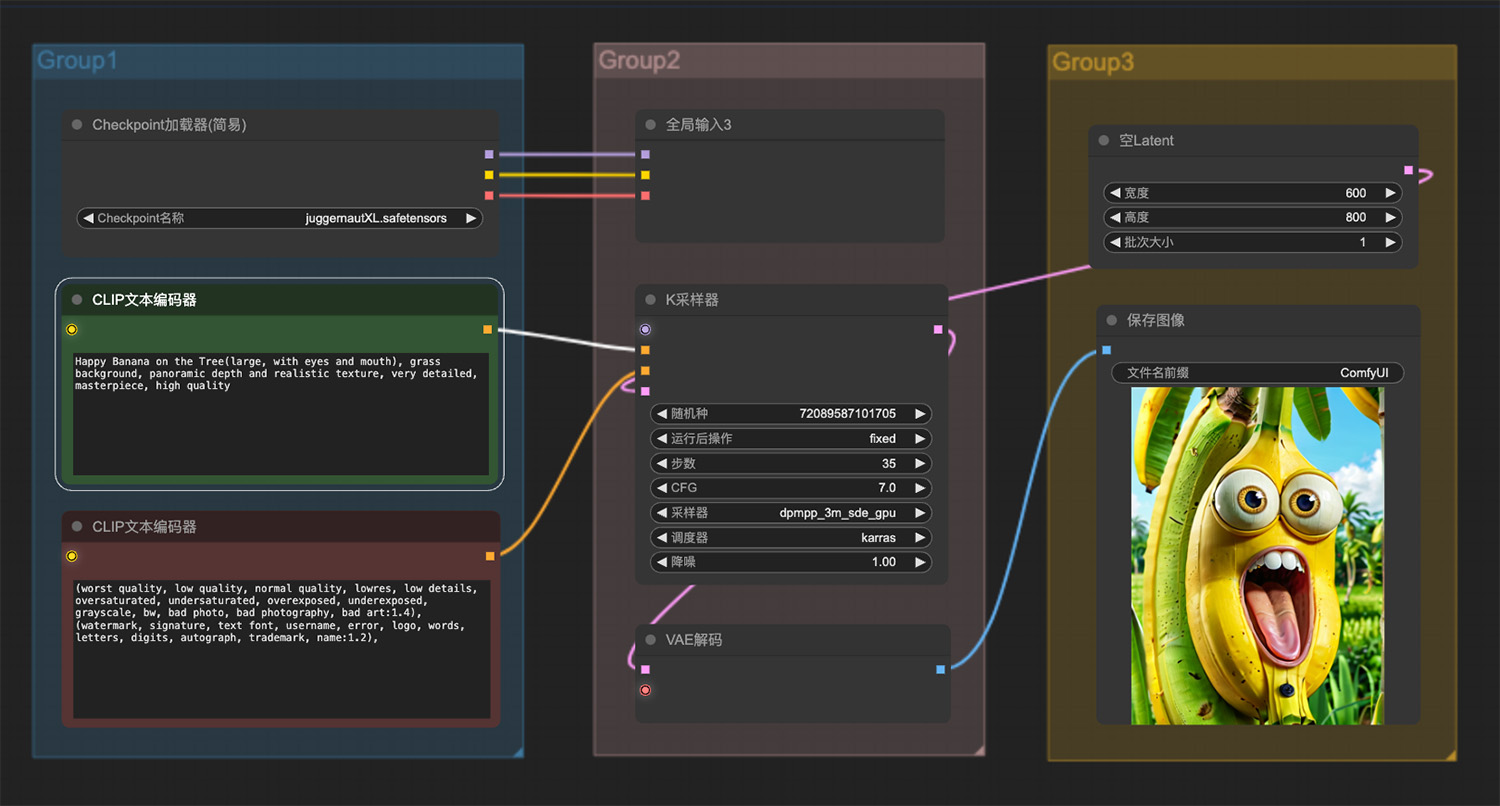 树上挂着一只快乐香蕉ComfyUI工作流一
树上挂着一只快乐香蕉ComfyUI工作流一 强大的长袍法师ComfyUI工作流
强大的长袍法师ComfyUI工作流
猜你喜欢
声明:本站提供的所有资源部分来自互联网,如果有侵犯您的版权或其他权益,请发送到邮箱:admin@ipkd.cn,我们会在看到邮件的第一时间内为您处理!

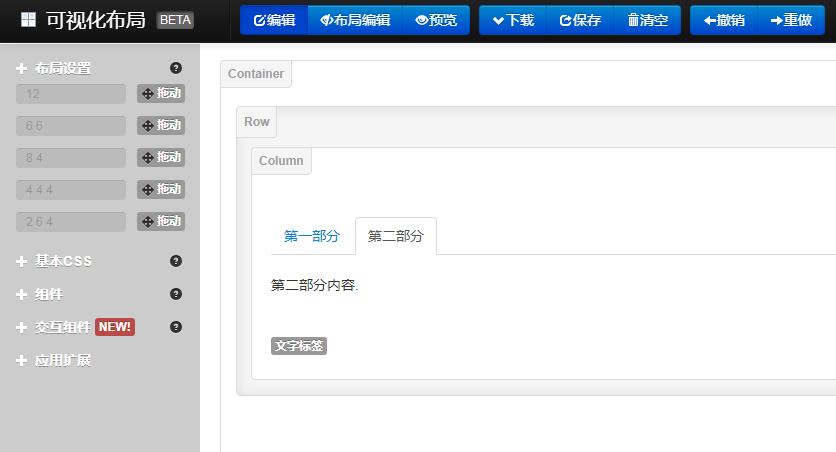 Bootstrap可视化拖放布局
Bootstrap可视化拖放布局 barcode条形码/qrcode二维码兼容所有浏览器(含ie6/ie7/ie8)
barcode条形码/qrcode二维码兼容所有浏览器(含ie6/ie7/ie8) js实现table表格动态新增行和列表
js实现table表格动态新增行和列表 如何利用svg做一个有趣的loading动画加载
如何利用svg做一个有趣的loading动画加载 css3动画loading效果
css3动画loading效果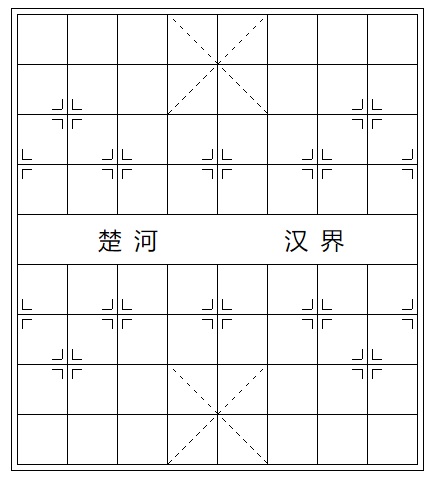 利用css绘画棋盘布局(象棋)
利用css绘画棋盘布局(象棋) css3搭积木叠加图形
css3搭积木叠加图形 自动打字效果(惊喜在后面)
自动打字效果(惊喜在后面)






